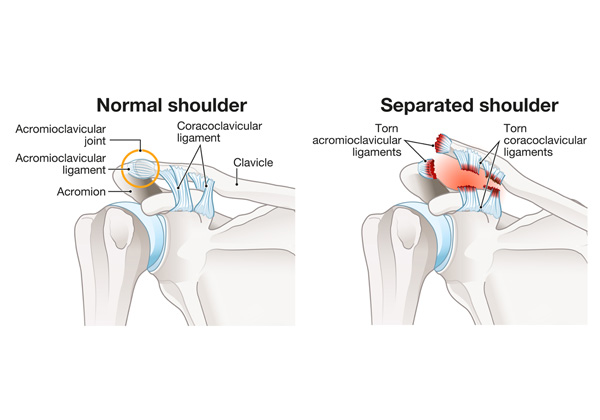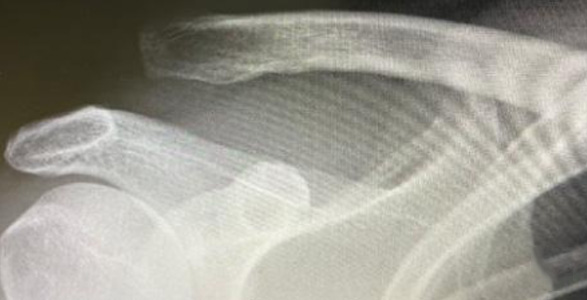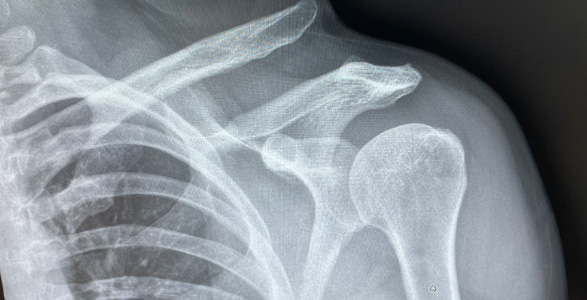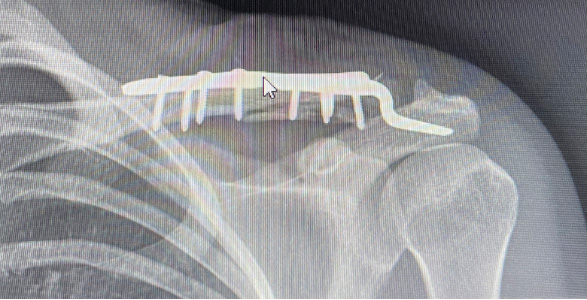AC Joint Injuries and Dislocations: A Patient Guide
An Overview
The AC Joint
The acromioclavicular joint (AC joint) is located where your collarbone (clavicle) meets the top part of your shoulder blade (acromion). This joint plays a crucial role in maintaining normal shoulder movement and stability.
Causes of AC Joint Injuries
AC joint injuries typically occur due to a forceful impact on the shoulder, such as:
- Falls: This can include falling off a bike, landing on an outstretched arm, or falling directly on the shoulder.
- Sports injuries: Contact sports like football and rugby pose a higher risk due to potential collisions.
- Direct blows: Impacts from objects can also cause injury.
Symptoms of an AC Joint Injury
The severity of your symptoms will depend on the extent of the injury. Common symptoms include:
- Pain: This is typically felt at the top of the shoulder and can worsen with activities like lifting objects, pushing, pulling, or reaching overhead.
- Swelling and bruising: Inflammation and discoloration may occur around the injury site.
- Deformity: In some cases, a visible bump might be present due to displaced bones.
- Limited movement: Difficulty raising your arm or experiencing pain with specific movements.
Diagnosis
A healthcare professional will diagnose an AC joint injury through:
- Physical examination: This allows them to assess pain location, tenderness, and range of motion.
- Imaging tests: X-rays are usually sufficient to confirm the diagnosis. However, in some cases, CT scans or MRIs may be necessary to rule out other injuries.
Radiograph showing displacement between collar bone (Clavicle) and Acromion ( Grade 3 Injury)
Radiograph showing displacement between collar bone (Clavicle) and Acromion (Grade 4 Injury)
Treatment Options
Treatment for AC joint injuries depends on the severity. The most common options include:
- Rest: This allows the joint to heal and reduces inflammation.
- Sling: Wearing a sling for a period helps immobilise the joint and support healing.
- Pain medication: Over-the-counter or prescription medication can help manage pain and inflammation.
- Physical therapy: Exercises are crucial to regain full range of motion and strength in your shoulder.
- Surgery: In rare cases, where the bones are severely displaced or other structures are damaged, surgery may be necessary.
Recovery
The recovery time varies depending on the injury’s severity. Most AC joint injuries heal well with non-surgical methods within a few weeks to several months. Following your doctor’s instructions and completing physical therapy is crucial for a full and successful recovery.
Hook plate fixation for Distal clavicle fixation with ACJ Involvement
Surgilig Ligament (Lockdown) Reconstruction for ACJ Disruption
Disclaimer
This information is intended for general knowledge only and should not be a substitute for professional medical advice. Always consult with a qualified healthcare professional for diagnosis and treatment specific to your situation.





